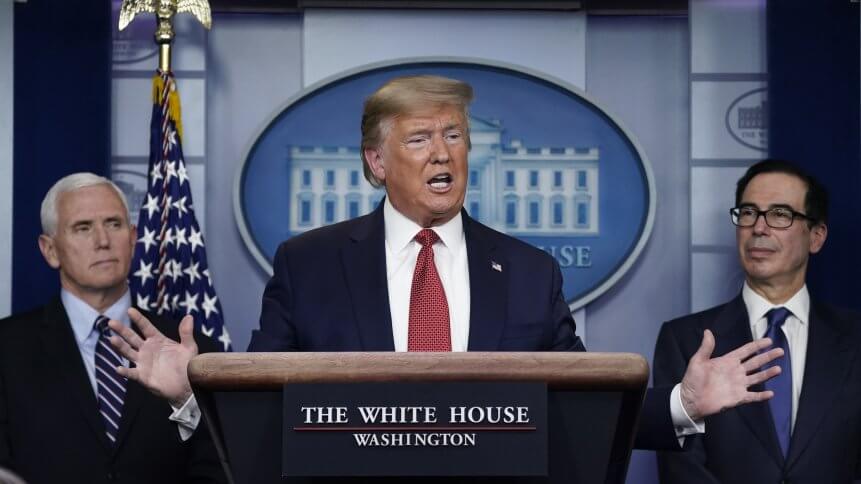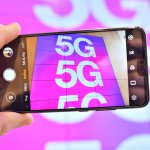New 5G laws to spur American network connectivity

When asked about how the US will remain competitive without Huawei’s technology, President of 5G Americas remained confident in States’ standing in the competitive global 5G race.
“The US will continue to maintain a leadership role,” Chris Pearson told TechHQ, but only by focusing on the key areas of:
- Increasing low, mid, and high band spectrum availability;
- Reducing local and state regulatory impediments to 5G rollouts and;
- Continuing with improvements in network densification, architecture upgrades, and adopting 5G technology enhancements.
In progressing those advancements, the US has made some ground this week, with the Trump administration signing new legislation.
The pair of bills, set to boost the development of the nation’s wireless and broadband networks, are known as the Secure 5G and Beyond Act and the Broadband Deployment Accuracy and Technological Availability Act.
The first law requires the President to establish a plan to secure and protect 5G infrastructure and services. The second act aims to identify and locate the regions in the US where broadband is and isn’t available.
The 5G Act also requires stakeholders “to assist allies and strategic partners in maximizing the security of next-generation mobile telecommunications systems,” as stated in the bill.
In January, a law prohibiting US telecom carriers from using subsidiaries to buy equipment from Chinese companies like Huawei and ZTE was passed. As a result, the Federal Communications Commission (FCC) is ordered to remove all Chinese telecommunications equipment from rural American providers and a US$1 billion fund is set up to replace the equipment.
YOU MIGHT LIKE

Pandemic will illuminate where 5G can transform our work
“The big-picture concept is to have all of the US 5G architecture and infrastructure done by American firms, principally,” White House economic adviser, Larry Kudlow, told WSJ. “That also could include Nokia and Ericsson because they have big US presences.”
With the US ban on Huawei technologies, the nation is looking towards other key players in the market, such as Nokia and Ericsson. Meanwhile, large telecom companies such as AT&T, T-Mobile, and Verizon began rolling out 5G services last year.
Last month, Verizon teamed up with the National Football League (NFL) to power stadium and host city Miami with 5G network.
While in the midst of economic turmoil, the laws are timely; GSMA Intelligence predicted up to 345 million Americans will have subscribed to 5G by 2025, placing North America at the forefront of the 5G revolution.
Meanwhile, unprecedented global movement for millions to work from home as a response to the current climate signals the critical role of telecom services in a time of crisis, and how 5G could prove a critical boon to making connectivity a sure thing.









